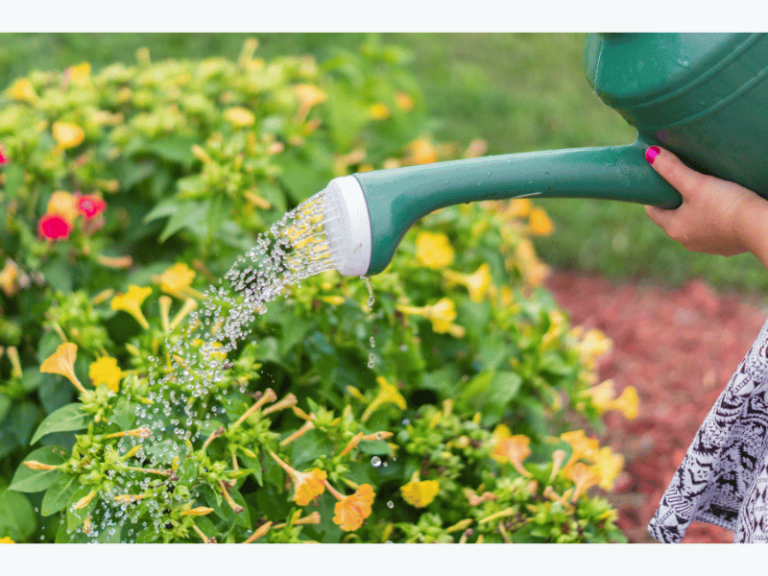Why do crops wither and die without water? When crops produce food, they require water as a raw material. However, out of every thousand parts of water absorbed by crops, only one to two parts are actually used for food production.
So, what happens to the remaining nine hundred ninety-eight to nine hundred ninety-nine parts of water?
As the saying goes, “Water flows downhill,” but in the plant’s body, water actually flows upward: the roots of crops continuously absorb water from the soil, which then travels through the “channels” in the stems—thin vascular fibers—to the leaves.
The surface of crop leaves is covered with numerous stomata, with a cabbage leaf alone having millions of tiny pores. The vast majority of water evaporates through these pores, turning into water vapor and escaping into the air.
Why do leaves generously evaporate water like this?
The continuous evaporation of water from leaves causes a constant flow of water from the roots to the leaves, carrying dissolved minerals from the soil along this “train” to participate in the production of food. Moreover, when leaves evaporate large amounts of water, similar to how humans sweat, they remove a lot of heat, reducing leaf temperature and preventing them from getting burned under intense sunlight. Conversely, if water is scarce, the leaf surface temperature rises, damaging chlorophyll, causing crops to turn yellow and wither.

